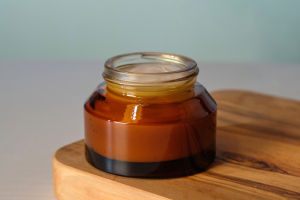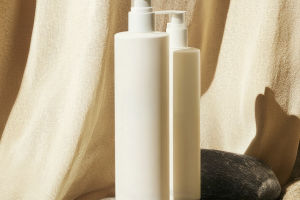When you have fine hair, you probably know the frustration: your hair feels limp, looks flat by midday, and seems impossible to style for lasting volume.
But what if the secret to thriving fine hair isn't just about piling on products or washing less often?
Instead, it's about a deeper understanding of how fine hair behaves and responding with a care routine that balances two critical factors: volume and moisture.
Why Fine Hair Needs Balanced Care
Fine hair strands are naturally thinner in diameter, which makes them lighter and more fragile. Because of this, fine hair can get weighed down easily by heavy products, yet at the same time, it can become dry and brittle if not moisturized properly.
Many people with fine hair make the mistake of overloading their hair with thick creams or oils hoping to nourish it. This usually backfires, leaving the hair greasy and flat instead of bouncy and healthy.
Key insight:
Fine hair thrives when moisture and lightness coexist — too much of one at the expense of the other causes hair to either look dull or feel damaged.
Dr. Heather Woolery-Lloyd, a board-certified dermatologist, points out that fine hair's delicate nature means you have to "choose products that hydrate without weighing hair down, and use styling techniques that enhance natural volume without causing breakage."
Step 1: Choose Lightweight Hydration
Instead of heavy conditioners or dense creams, fine hair benefits most from water-based, lightweight conditioners or leave-in sprays that provide moisture but rinse out easily. The goal is to hydrate the strands so they remain flexible and less prone to breakage without adding excess weight.
1. Use a gentle shampoo formulated specifically for fine hair that cleanses without stripping natural oils.
2. Follow with a volumizing conditioner — apply it mostly to the ends, avoiding the roots where buildup can flatten hair.
3. Try a light leave-in conditioner spray with ingredients like aloe vera or glycerin to lock in moisture without heaviness.
This approach nourishes the hair, helping it maintain elasticity and shine while keeping volume intact.
Step 2: Styling for Volume and Health
Styling fine hair is a careful balancing act. Using too much heat or harsh styling products can cause damage, but gentle styling can lift the hair naturally.
• Blow-dry with a round brush lifting hair at the roots to encourage volume.
• Use lightweight mousse or volumizing sprays that add body without stiffness.
• Avoid heavy oils or serums at the scalp; instead, apply light oils to the ends only for shine.
Research published by the American Academy of Dermatology suggests that heat damage is one of the top causes of breakage in fine hair. Protecting your strands with a heat protectant spray before styling is essential.
Step 3: Avoid Overwashing, But Keep Clean
Fine hair often feels oily faster because the lighter strands can't absorb oil as easily, which can tempt you to wash daily. However, over-washing can dry out fine hair and remove the scalp's natural oils, causing an unhealthy cycle of oil production and dryness.
• Aim to wash your hair every other day or every two days, using dry shampoo in between if needed to absorb excess oil.
• When washing, use lukewarm water — hot water can damage hair cuticles and increase dryness.
Balancing the scalp's oil production supports fine hair in looking fresh and full for longer.
Fine hair care doesn't have to be overwhelming. When you focus on balancing moisture and volume, you give your hair exactly what it needs — hydration that won't weigh it down, and styling that respects its delicate nature. What one change in your routine do you think could help your fine hair look its best every day? Sometimes, the smallest adjustments lead to the biggest difference.


